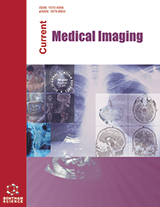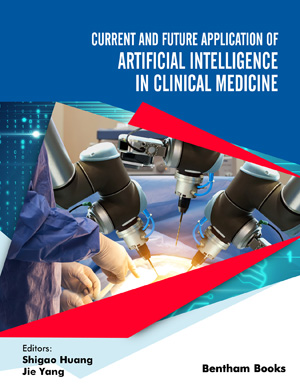
Abstract
Objective: During COVID-19 vaccine development studies, vaccines' efficacy and safety profiles should be carefully investigated. Only a few studies have shown that the COVID-19 vaccine can cause axillary lymphadenopathy on the injection arm. This study aimed to investigate the incidence of axillary lymphadenopathy and imaging findings using B-mode and Doppler ultrasonography (US) examinations in volunteers who had recently been vaccinated against COVID-19.
Methods: The ipsilateral and contralateral axillae of 101 volunteers who received the COVID-19 vaccine were evaluated using B-mode and Doppler US examinations. The volunteers were asked when and to which arm the vaccine had been applied, and the type and dose of the vaccine were recorded. It was also questioned whether the individual experienced any side effects after vaccination, such as pain, tenderness, fever, and redness at the injection site. In addition, the demographic data of the participants, such as age and gender, were recorded.
Results: The B-mode US examinations revealed that the long- and short-axis diameters, size, cortical thickness, and asymmetric cortical thickening of the left axillary lymph nodes were significantly higher compared to the right side in individuals having received the CoronaVac vaccine (p<0.05). When the individuals were evaluated separately according to gender, the frequency of cortical thickness and asymmetric cortical thickening in the left axillary lymph nodes was higher than on the right side in both males and females (p=0.011).
Conclusion: It should be kept in mind that ipsilateral reactive lymphadenopathy may develop after the COVID-19 vaccine. This knowledge can prevent unnecessary axillary lymph node biopsies.
Keywords: COVID-19, CoronaVac vaccine, vaccine, ultrasound, ipsilateral, axillary lymphadenopathy, B-mode US examinations.
Graphical Abstract
[http://dx.doi.org/10.1016/j.jinf.2020.03.027]
[http://dx.doi.org/10.2214/AJR.21.25651] [PMID: 33624520]
[http://dx.doi.org/10.1148/radiol.2021210275] [PMID: 33625300]
[http://dx.doi.org/10.2214/AJR.21.25604] [PMID: 33543649]
[http://dx.doi.org/10.1016/j.rinp.2021.104213] [PMID: 33898210]
[http://dx.doi.org/10.2214/AJR.21.25728] [PMID: 33646823]
[http://dx.doi.org/10.1007/s00259-011-1729-9] [PMID: 21340453]
[http://dx.doi.org/10.1007/s12149-011-0568-x] [PMID: 22271546]
[http://dx.doi.org/10.1056/NEJMoa2034577] [PMID: 33301246]
[http://dx.doi.org/10.1016/j.fmre.2021.01.011]
[http://dx.doi.org/10.1016/S1473-3099(20)30843-4] [PMID: 33217362]
[http://dx.doi.org/10.1016/j.clinimag.2021.01.016] [PMID: 33486146]










